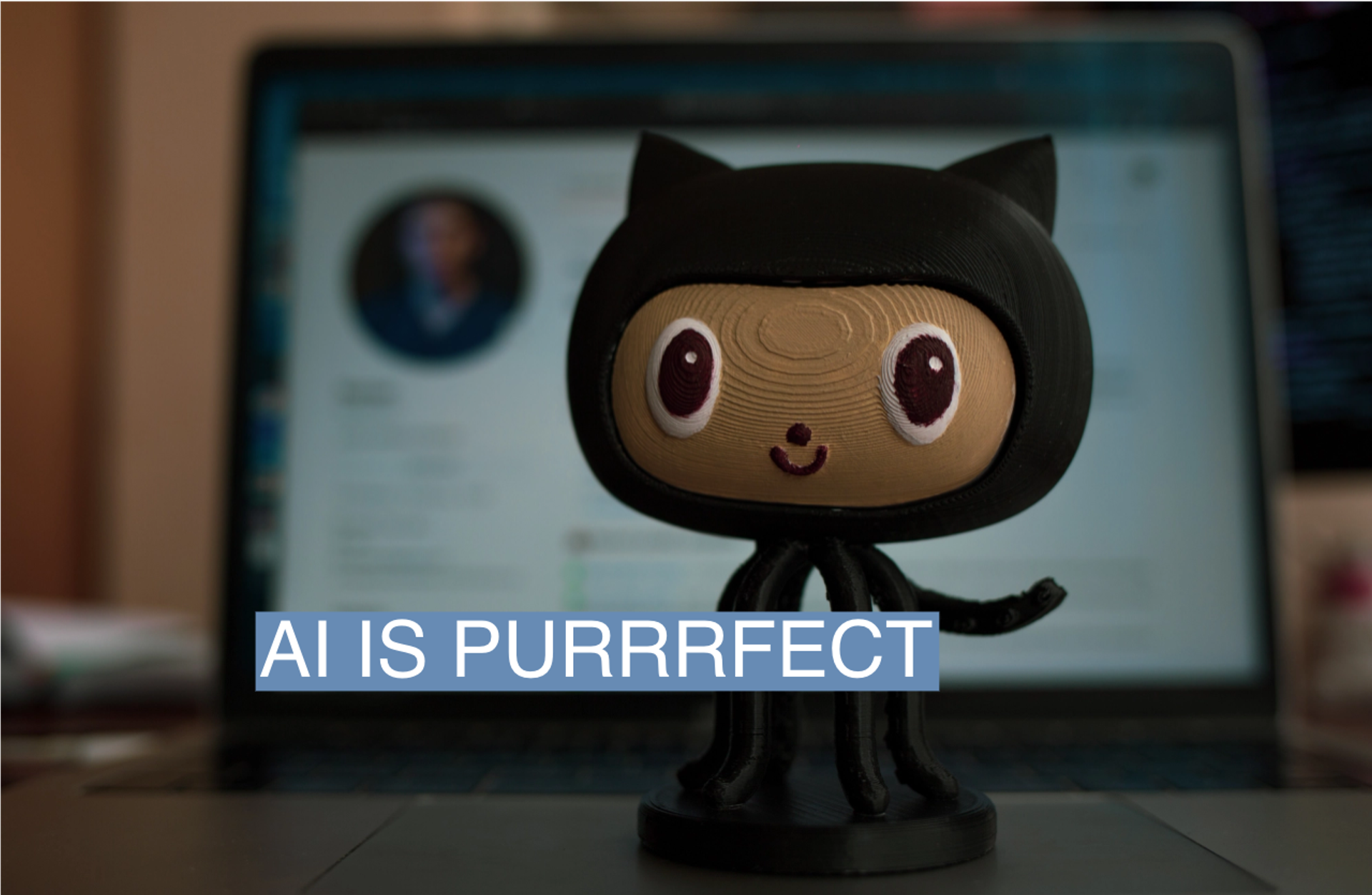The Scene
Leo Sguera was a building maintenance supervisor at Vanderbilt University less than two years ago. With the help of AI, the 36-year-old father of two has now built more than 20 software programs for the school that handle everything from faculty onboarding to tracking financial transactions.
He used Microsoft’s Power Platform, aimed at enabling non-coders to build software apps. Without the help of the AI-charged program, “I wouldn’t have been able to make the transition,” said Sguera, who made the career change after reaching out to the dean of the department he was in charge of cleaning.
More than two decades after former Microsoft CEO Steve Ballmer exclaimed the key to the company’s success was “developers, developers, developers, developers,” the software giant now wants to use AI to turn everybody into coders.
On Tuesday, the company kicked off its second conference for “Power Platform,” which, after being widely known in enterprise software circles, offers citizen developers a way to create mobile apps.
“I learned coding with a book and a magazine. And then I had to find a computer club to answer questions I had,” said Thomas Dohmke, CEO of Github, the coding repository bought by Microsoft that allows software developers to create code with natural language. “Now we have a Copilot on our side that doesn’t judge us, that helps us to explore our thoughts, that helps us to create.”
Charles Lamanna, who runs business applications for Microsoft, said some of the biggest users of Power Apps are in corporate finance or human resources departments. He said Toyota has become a major Power Apps customer because it’s instructed its employees to use the service to make improvements for logistics and other areas.
Elsewhere, an employee at Australian telecom provider Telstra used the service to build an app that replaced more than 100 apps. Lamanna said Power Apps are filling in the gaps not met by the companies making business software. “Digital demand is basically unquenchable,” he said. “The more SaaS services you have, the more you have gaps between them.”
In this article:
Know More
When artificial intelligence researchers set out to create massive large language models that would eventually power ChatGPT and other services, they didn’t anticipate that those complex algorithms would somehow learn to write software.
Dohmke said he remembers getting early access to OpenAI’s GPT-3 after the company’s Build conference in 2020. He and about six others jumped on a call and started playing with it for a couple of hours. “It was surprising to me and most folks on the call that it was able to synthesize proper code,” he said.
Dohmke said the team asked the highest levels of engineers at the company to submit Python coding exercises to quiz GPT-3 on its knowledge. It was able to solve 92% of about 200 exercises, he said. “That was, for me and the company, the aha moment,” he said.
Two years ago, GitHub announced Copilot, an AI-powered autocomplete system that could write new code from scratch. “People were doubting that this could actually work,” Dohmke said. But inside GitHub, the company’s developers were already incorporating it into their daily work.
Reed’s view
Coding — that unexpected LLM skill — may end up having a much bigger impact than the natural language component that has captured most of the public attention.
It isn’t just Microsoft’s GitHub pioneering this space. Companies like Replit and Sourcegraph, among others, are getting traction by focusing on generative AI software development.
Other companies, like Nomad Data, are using code to super-charge LLM prompts. For instance, you might ask a chatbot to gather a bunch of data from a whole slew of corporate documents. Behind the scenes, the LLM has been instructed to create a Python script to gather the data.
The combination of automated coding with natural language is a potent mix that hasn’t really been exploited yet. Part of the reason is that there aren’t enough GPUs and cheap energy to make it cost-effective. But those barriers will eventually come down.
This likely won’t lead to software engineers being replaced by AI, at least based on what we know about the technology today. More likely is the incorporation of code into more aspects of daily life, and more people participating in that transition. It’s taking full advantage of the powerful computers around us, both at work and at home.
For years now, companies have been yearning for employees to become “citizen developers” and take it upon themselves to build software and improve productivity. Automated code generation could help make that a reality.
We often call today’s tech consumers “users.” We may have to come up with a new term for what comes next in the age of AI. “Directors” might be a better one.
Room for Disagreement
Long time programmer Mike Fitzmaurice lays out several arguments for why putting software development in the hands of regular employees might be a bad idea:
“This isn’t about one application. It’s about two, five, 20, 50, or even hundreds of applications — and where each one is completely unique.
Lack of consistency drives users crazy. It also increases training costs, slows down adoption, and makes every new application a one-off job with no ability to borrow from previous work. That drives management crazy. At the end of the day, it makes it much harder — if not impossible — for anyone who’s not the author to maintain the application.”
Notable
- Incorporating AI into the low code/no code environment has companies salivating, according to this CNBC article, but there’s also some fear and hesitancy to hand too much power over to the algorithms.
